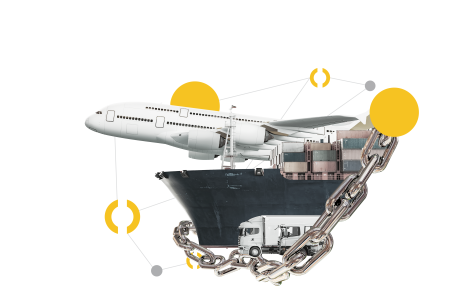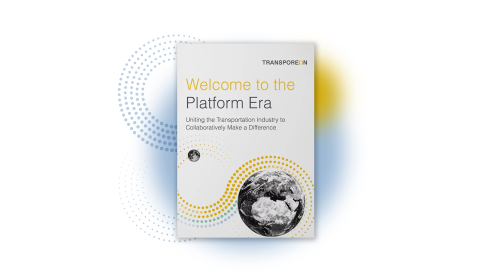Navigating supply chain risks: strengthening resilience amid uncertainty
In today's dynamic and ever-changing business landscape, supply chain professionals are facing an array of external risks that can disrupt the balance of their operations. From natural disasters and geopolitical tensions to infrastructure limitations, the modern supply chain is at the mercy of unpredictable events, which can have far-reaching consequences. In this blog post, we take a look at the challenges posed by these risks and explore potential solutions that will strengthen your supply chain and provide opportunities for transformative change.
Unravelling the web of risks
External factors, such as natural disasters and climate change, can cast a long shadow over supply chains. Fluctuating water levels on rivers can impede barge transportation, storms and heavy rain can damage rail and road networks, and political instability or conflicts can introduce unprecedented uncertainties.
Moreover, economic downturns, inflation spikes, and the aftermath of a pandemic have only amplified these challenges. As a result, supply chains often find themselves grappling with disrupted demand, elongated lead times, production stoppages, and increased costs. Labour shortages and reduced capacity have further exacerbated the situation.
Charting a resilient course
While risks may be unavoidable, their impact can be mitigated. To navigate these choppy waters, there are three strategies that businesses need to adopt in order to bolster their supply chain's resilience:
- Establish long-term and reliable partnerships with a comprehensive carrier management strategy
- Strengthen your supply chain with a SWOT analysis and a sanity check
- Embrace proactive agility with forecast & action methodology











